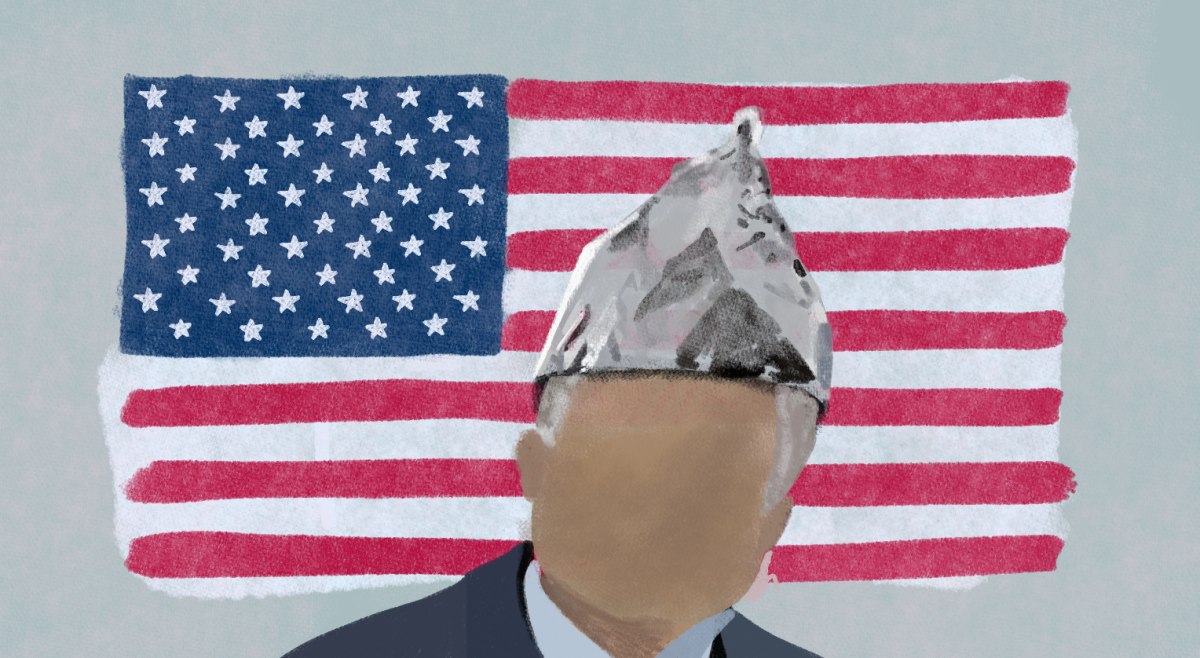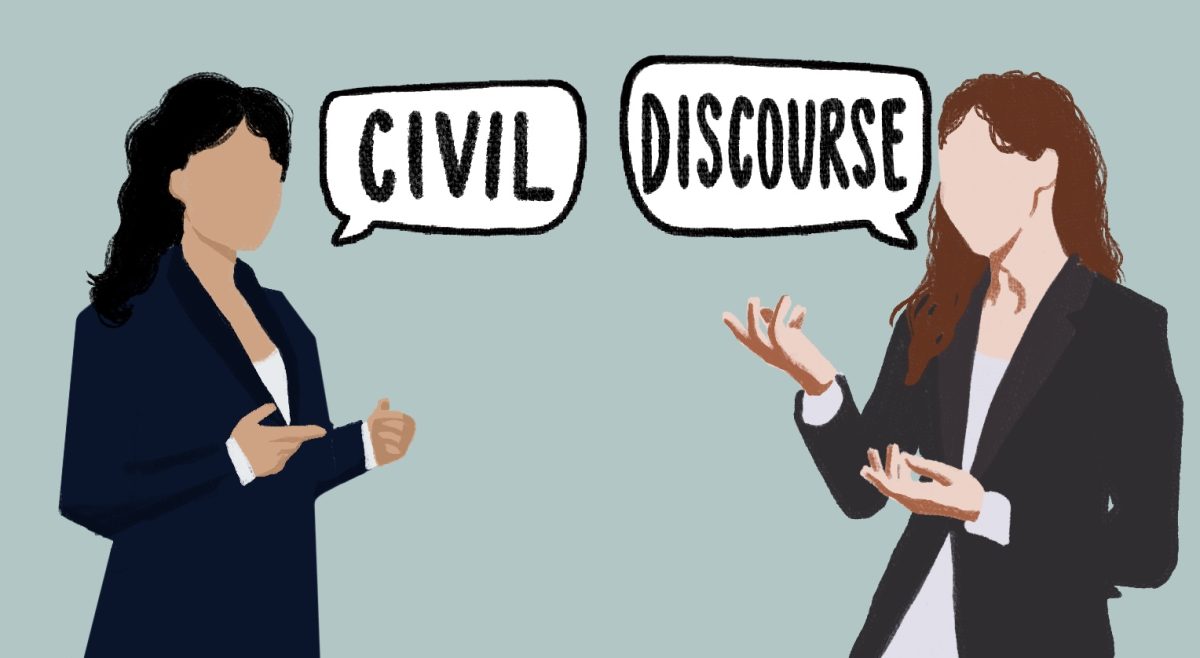The world’s most trusted metal is shining again. Wall Street is witnessing what feels like a sequel to the California Gold Rush. Gold now trades at more than $4,000 an ounce, an all time-high and nearly double its value a year ago. But rising gold prices are more than a market story—they are a quantitative measure of an uncertain society. They reflect a collective, global unease in institutions from leadership to finance and their leadership.
Turn on the news today and you’ll probably hear the word “unprecedented.” It’s been used so often it’s almost lost its meaning. Whether it’s the Supreme Court overturning major precedents, mass deportations, or the surging price of gold, it’s hard to trust those meant to guide us under such “unprecedented” conditions.
Distrust in leadership is showing up everywhere: Markets seeking reliability in gold, and in our own lives, where certainty feels scarce. If you can’t trust your leaders, who can you trust? Your neighbors? Your classmates? Can you even trust yourself?
The truth is that leadership isn’t reserved for those at the top. It’s not some larger-than-life ideal, but something that runs through every layer of our communities, waiting for us to claim it. For me, that realization came during my time on my high school student council.
If you’re at Boston College, chances are there’s some form of leadership on your resume. Maybe you’ve felt that itch of seeing something that isn’t living up to its potential and wanting to make it better. In ninth grade, that feeling came for me in the form of poorly planned class bonding activities. I eventually channeled my frustration into four years of commitment to making change as the class treasurer.
The position wasn’t challenging in an academic sense. It demanded no more than basic math, weekly meetings, and the occasional tweaking a statement. There were no Julius Caesar–esque speeches or rallying cries from a pulpit. But emotionally, it was exhausting. Disagreements were constant, spats with administration were frequent, and the line between leading fairly and ruling harshly was razor thin.
I hadn’t thought much about my time as treasurer until recently, watching how the world’s leaders, from CEOs to presidents, navigate their own stages and microphones. If I could be a leader at fourteen, identified by the same term used to describe generals and politicians, then it begs the question: What actually makes a leader? Who better to ask than my current leadership professor, Stuart Danforth.
Professor Danforth is a leadership coach, dedicating his life to helping students and organizations reach their full potential. His class isn’t built around PowerPoint decks or weekly homework assignments—it feels more like sitting in on a live talk that is half seminar and half motivational session. His thoughtful pacing is ideal for introspection.
When I asked him whether he thought there was growing skepticism toward leadership, his response was calm but firm, the kind of answer you’d expect from someone who can see the spark in even the roughest of diamonds. He explained that there isn’t cause for skepticism at every level of leadership, but that it looks different everywhere. Some styles resonate with a group, others don’t. His response, anchored in the idea that leadership is not a universal formula, naturally led to a deceptively simple question: what makes an effective leader?
According to Professor Danforth, effective leaders need two things: connection and communication.
“They need an ability to connect—not only to people, but also to connect and align their organization to their mission or vision,” Danforht said.
He also said good leaders “are also strong communicators—across different mediums, modalities, and groups.” Ultimately, he argued that good leaders influence and guide others into a defined direction.
It‘s easy to feel like you’re simply not a leader, that you weren’t born with this almost mystical ability. But Danforth believes that while connecting with others may seem intrinsic, it is a skill that can be learned.
So, how can you learn to be a leader during—dare I say—unprecedented times?
According to Danforth, it starts with self-awareness: understanding your strengths, weaknesses, and the why behind your actions. Next comes self-regulation, the ability to manage impulses and emotions instead of reacting to them. Can you stay calm during a disagreement? Can you be reasonable when others aren’t? Self-regulation is contagious—measured behavior encourages measured responses.
Then comes motivation. Are you genuinely passionate about what you’re leading? Do you find energy in achievement and challenge? If you’re at BC, you probably already qualify as an overachiever. But motivation goes deeper—it’s about finding purpose beyond the grade, title, or recognition.
Next is empathy. If the hallmark of leadership is connection, how can you connect without understanding others first? Empathy pushes us to see the world through different lenses. Once you understand what drives people, it becomes far easier to lead them toward a shared goal.
Finally, social skill—the outward expression of all the rest. Great leaders don’t limit their circles—they build bridges. They connect (yes, even beyond LinkedIn) because every conversation is a chance to learn and move forward together.
You need not stand on a pulpit or rally troops. That’s not what makes a leader. Leadership trickles down from podiums to classrooms, dorm rooms, and casual conversations. It’s about navigating uncertainty with empathy, staying true to your values, and investing in those around you. It’s about noticing what isn’t working, what hasn’t reached its full potential, and having the courage to change it.
So, at a moment in history when the price of reliability has skyrocketed, and gold is the most expensive it’s ever been, I encourage you to be a trusted constant. Be self-aware. Be empathetic. Find your motivation. And, above all, lead through action, small and large, until your impact is felt. After all, that is what makes a leader.








